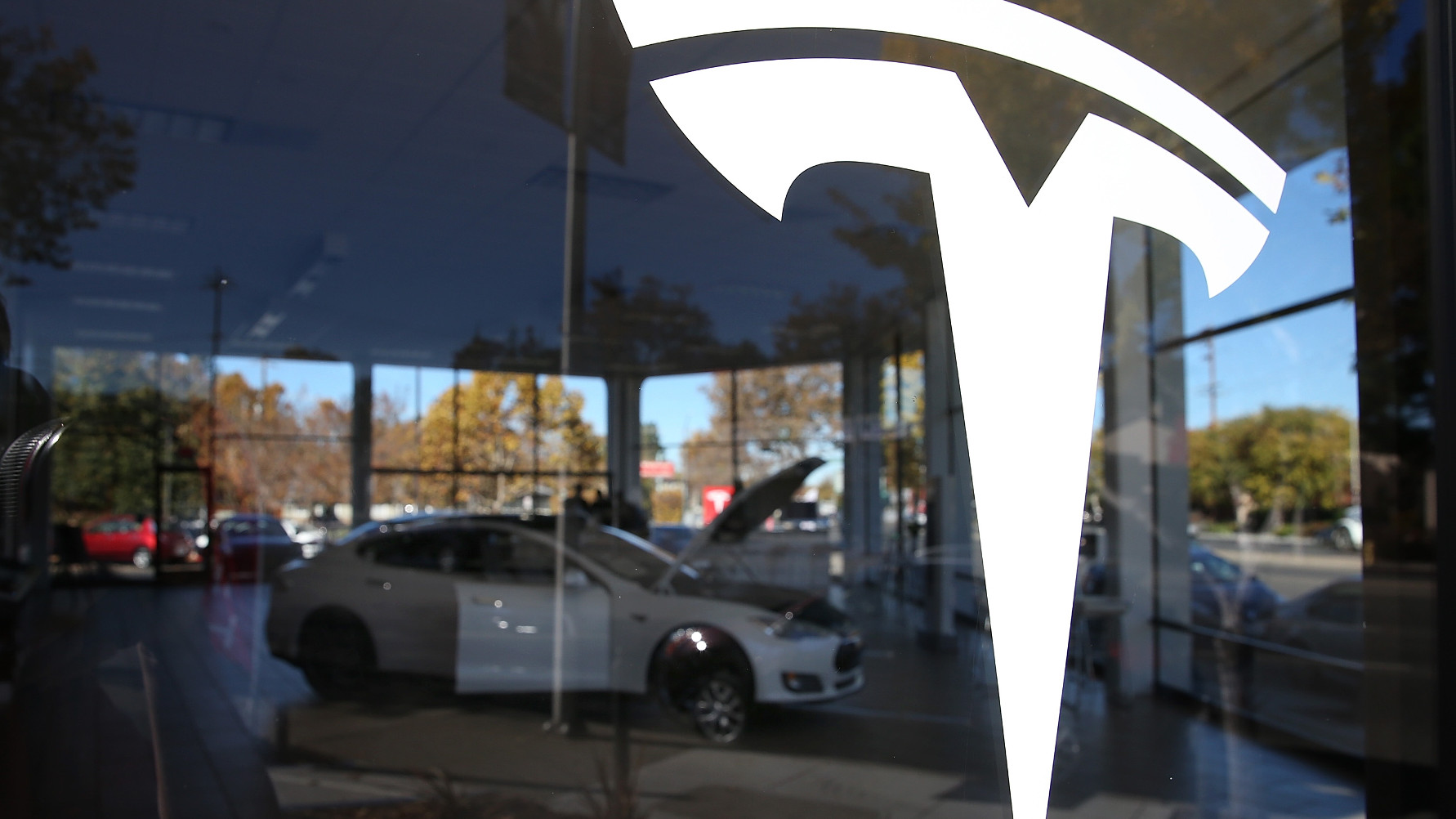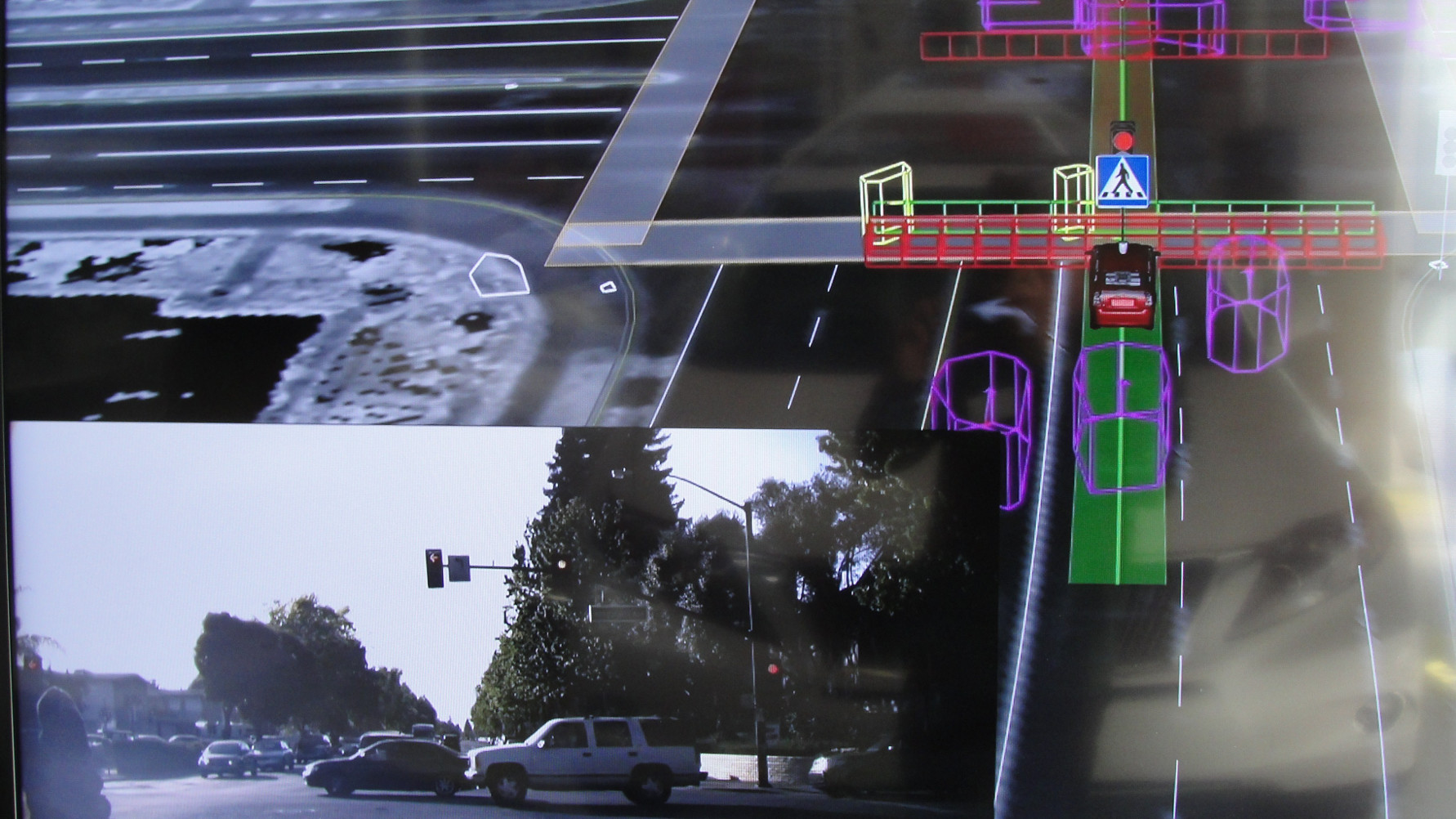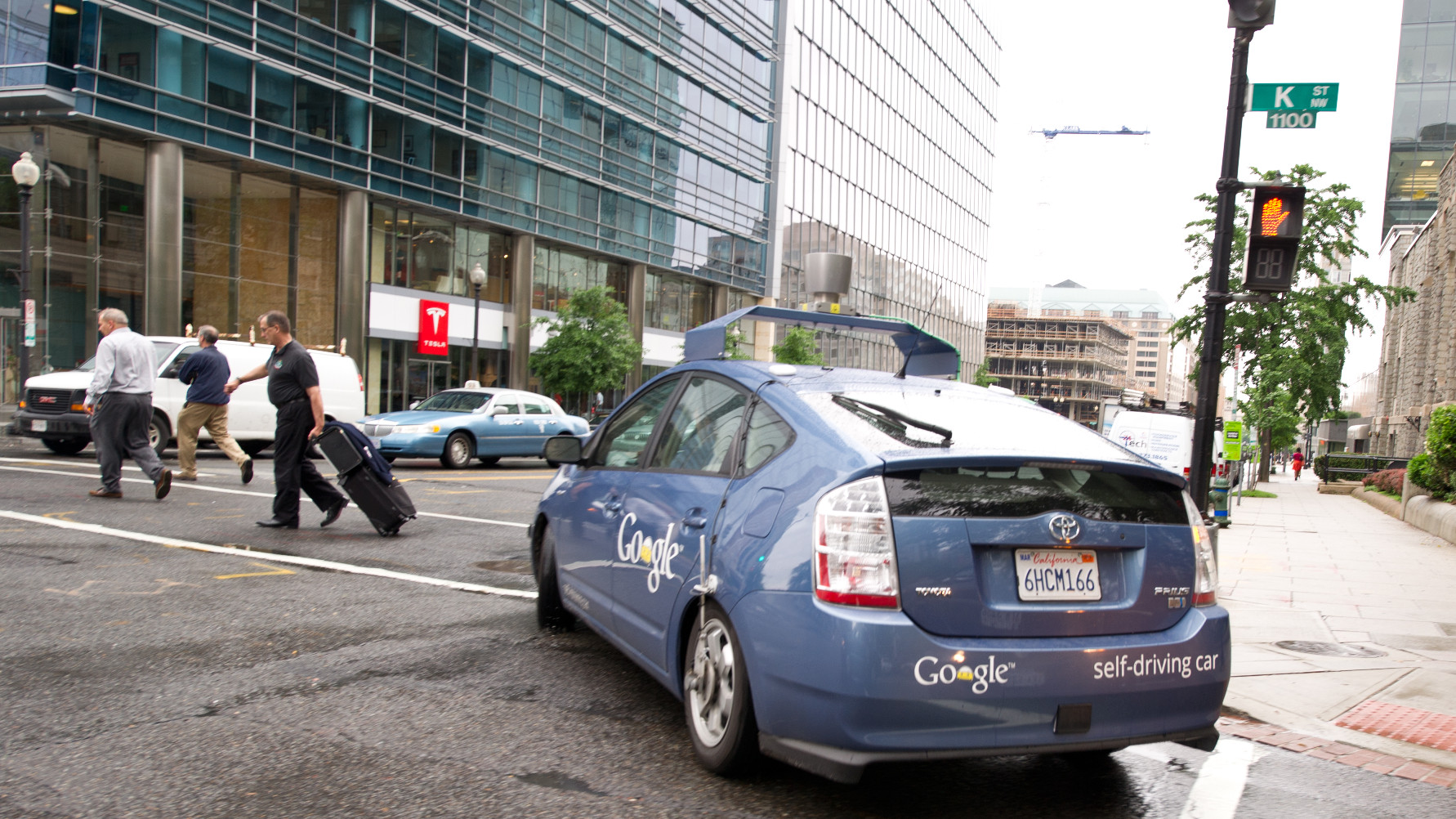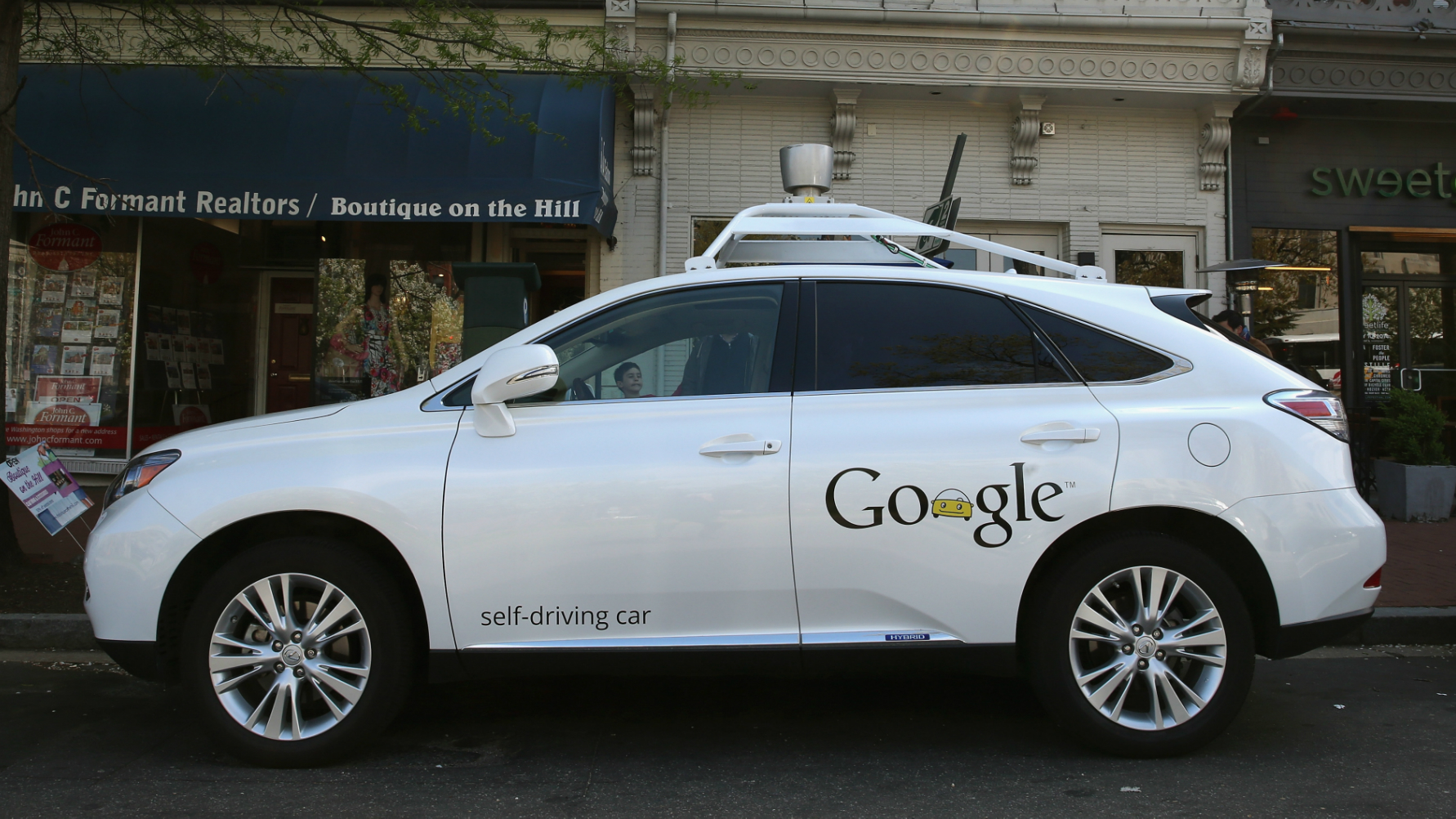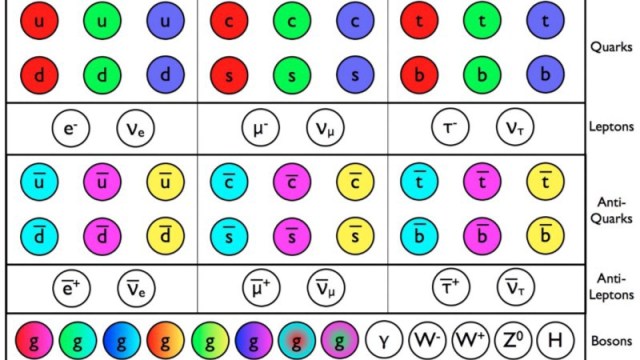Google’s Self-Driving Cars Are Built to Make a Lot of Assumptions

In February, one of Google’s self-driving cars got into an accident when it bumped into a bus. It’s spotless driving record came to an end. Chris Urmson, head of Google’s autonomous cars, told an audience at SXSW there will be more days like this one.

“Nobody wants accidents — and some will play this accident as more than it is — but neither do we want so much caution that we never learn these lessons,” Brad Templeton wrote after hearing about the accident in his blog.
The accident was a learning experience for Google. It’s cars are built to make assumptions and, in this case, the car assumed the bus would slow down to let it through. It didn’t. But we should not let this experience hold us back from progress.
Until that one bad day, Google’s cars had driven over 1.4 million miles without making a bad assumption. What most people may not know about is the wealth of driving experience these vehicles have encountered within their lifetime: a woman in an electric wheelchair chasing a duck through the street and a naked pedestrian jumping onto the hood of the car.
“This really highlights part of the challenge,” said Urmson. “Our vehicles have to generalize what they have seen and be able to deal with unusual situations.”
There was one situation that seemed to stick with Urmson: an incident when a bicyclist suddenly zoomed into an intersection in the dead of night. He’s seen the footage and believes a human driver would not have been able to react in time. “I am convinced if I was behind the wheel, I would have hit him.”
There are things Google’s car hasn’t encountered, like snow. When there’s a foot of snow on the ground, the landscape changes. “The map we use doesn’t work when the world changes,” said Urmson. So, when we talk when these autonomous cars will come out it’s more a conversation of when and where. Places where the weather doesn’t change much, like California, will likely get to ride around in autonomous cars before residents in Alaska.
As the technology advances, autonomous cars will help fix this most unreliable part of the car: the driver. When Google does finally roll out its line of driverless vehicles, it wants to make sure the human can be taken out of the driving equation altogether.
Until that time, Urmson says, “We’re going to have another day like our Valentine’s Day, and we’re going to have worse days than that. I know that the net benefit will be better for society.” One bump every 1.4 million miles is certainly better than 38,000 deaths from car accidents every year.
***
Photo Credit: KAREN BLEIER/AFP/GettyImages
Natalie has been writing professionally for about 6 years. After graduating from Ithaca College with a degree in Feature Writing, she snagged a job at PCMag.com where she had the opportunity to review all the latest consumer gadgets. Since then she has become a writer for hire, freelancing for various websites. In her spare time, you may find her riding her motorcycle, reading YA novels, hiking, or playing video games. Follow her on Twitter: @nat_schumaker

